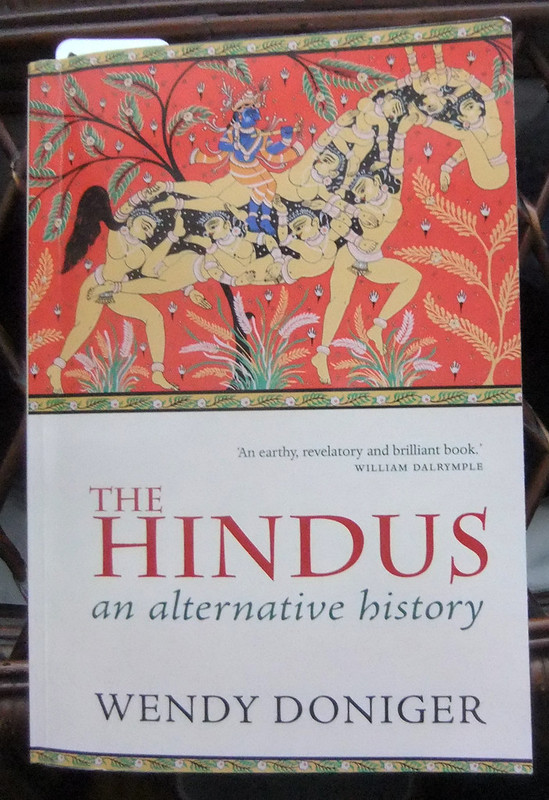By Ashok R. Chandran
Media (Kochi)
Last month, when this column turned the spotlight on Kerala University’s Department of Communication and Journalism, I mentioned that academic freedom appears to have been abused there, as at other places in the state. Giving an example, I wrote about the assessment of scholarly output: ‘Rather than encourage the publication of scholarly articles in good, international, and national journals, the faculty have set the bar low with a questionable list of “Standard Journals in Communication and Journalism”.’1
Subsequently, a faculty member informed me that the Board of Studies had taken up the problem and that the list of journals would be revised after consulting experts. That is good news and a laudable initiative.
De jure, it is the University’s Board of Studies that decides whether a journal is a ‘standard journal’ or not; anecdotally, we know that de facto power lies with the concerned University department’s faculty. So, what are the options before the Communication and Journalism Department?
Broadly, there are two approaches to revising the list of journals: the genuine approach and the window-dressing approach.
Genuine
The first approach is to undertake a genuine effort to improve research in the Department and accordingly prepare the list of journals as a part of that larger process. Ipso facto, it calls for more and better research by the faculty and researchers there in the next 5–10 years.
What is the role of the journals’ list in this process? How is it likely to boost the quantity and quality of research?
In this approach, the Department prepares a list of very good journals in Communication, Journalism, and allied fields. This will encourage and incentivise the faculty and researchers in the Department to publish their research findings in those journals. By including only the very good journals in the list, the bar is set sufficiently high, which ends up pushing individuals to work hard; it will bring out the best in them. Once the faculty and the researchers begin publishing in these very good journals, they will get noticed by peers, and over time the Department too will be recognised as a good centre for research. It will thereafter enter a virtuous cycle—a well-earned reputation will attract good researchers and faculty to the Department, which will produce good research in a sustainable manner, which in turn will attract more of good researchers.
If the Department were to only increase the number of PhDs awarded or journal articles published per year, it may not enhance the reputation of the Department; quality too must be raised for peer recognition. The list of journals, which is invariably linked to promotion (and at some stage, appointments too), is a lever that the Department must build with care. Because even though the list of journals is only a piece of paper with a few names, it has the potential to set standards that the Department aspires to and works towards. One criterion that a peer uses to judge the Department, especially its seriousness as a research centre, would be the list of journals that the Department recognises as ‘standard’ and good.
Window Dressing
The second approach is to carry out window dressing—what the Oxford Dictionary defines as ‘an adroit but superficial or misleading presentation of something, designed to create a favourable impression’.
In this approach, the Department prepares a list of journals which contains not just the reputed research journals but also publications of a much lower standard. The top-ranked journals are included to make a favourable impression, while the faculty publish in the lower quality journals and secure promotions (and appointments). The system ends up incentivising faculty and researchers to publish in the lower quality journals and progressively drives down the standard of research in the Department.
To an outsider’s eye, the value of any ‘list of standard journals’ is only as much as the value of the weakest journal in that list, not the strongest journal in the list. A department or university that adopts the window-dressing approach would not fool the media research community; it would only end up making a fool of itself.
We know from the Communication and Journalism Department’s own experience in the past 30 years that this approach leads to the lowering of research standards and the eventual decaying of the Department’s research culture. Elsewhere in Kerala University, the tale is much the same if we examine the lists of journals prepared for Economics and Political Science.2
Ingenuity without Integrity
The second approach is common in Kerala’s universities. It thrives due to collusion by local peers, a thick-skinned Board of Studies, and the breakdown of public accountability of universities. Peer pressure, which should ordinarily have curbed wrongdoing and unethical practices, unfortunately, works in the opposite direction in the big village that is Kerala—due to fear of ostracisation, nobody cries out that the emperor is naked.
But the party does not last forever. Along comes a little boy.
One amusing feature of the window-dressing approach is how its architects make up for the lack of integrity, with loads of ingenuity. Tactics that lower standards are aplenty.
Tactic #1 is to include ‘professional’ or ‘popular’ journals in the list, such as Vidura and Media. Indeed, it is desirable to also assess a faculty member’s contributions to the profession (journalism education or journalism) and society in general (through articles in the popular press). But when peer-reviewed articles in reputed academic journals are equated with non-peer-reviewed articles, vested interests are at work.
The right way forward is to have separate assessments for faculty contribution to research (by assessing peer-reviewed articles in good academic journals) and outreach (by assessing non-peer-reviewed articles in professional or popular periodicals). A weighted approach is unlikely to help because it would be abused and the system would be gamed sooner than later.
Tactic #2 is to launch journals from the Department itself and include these in the list. Here too, there is nothing wrong per se in a department starting an academic journal that maintains moderate-to-high standards. But in recent times, departmental journals have revealed themselves to be yet another exercise in cleverness. We see the same journalism department launching more than one journal (none of which it sustains beyond one or two issues), and using these ‘peer-reviewed’ journals to accommodate sub-standard articles by colleagues and friendly faculty from neighbouring universities. These journals are apparently launched to impress accreditation agencies or meet immediate promotion requirements, rather than make any long-run contribution to the field of Communication and Journalism studies. There is hardly any justification for including fly-by-night journals, even if they are from your own department.
The right way forward is to evaluate home journals along the same criteria used for evaluating any other academic journal. Also, strategically, the Department faculty and researchers should publish widely in national journals and win peer recognition, before launching their own journal.
Tactic #3 is to play the mother-tongue card, by arguing that there are no peer-reviewed publications in Malayalam and hence popular magazines must be included in the list of standard journals. This tactic—a future variant of which could be the launching of a peer-reviewed Malayalam journal to serve the vested interests of faculty in Kerala’s universities—is essentially adopted to run away from decent peer review at the national or international level. Apparently, the faculty’s love of Malayalam does not overflow into daily classroom teaching; classes in university departments are still conducted in English.
The Way Forward
Thus far, I have only briefly touched upon the genuine approach. Next month, I shall elaborate on it and discuss how to overcome the challenges we face while walking in that direction.
Still, let there be no doubt as to which of the two approaches is the way forward. Now that the Board of Studies of Kerala University has decided to revise its list of standard journals in Communication and Journalism, the Department should discard the window-dressing approach and instead adopt the genuine approach. Let it become a model for other departments in the University. Otherwise, the revision would not only be unhelpful in raising the research standards of the Department but would also expose itself to ridicule.
Web extra
Credits: Photo by Becca Tapert on Unsplash
Footnotes
- Ashok R. Chandran, ‘Old is Not Gold’, Media, July 2014, pp 33–35. [↩]
- See http://research.keralauniversity.ac.in/viewJournals.php. The standard journals in Economics according to Kerala University’s Board of Studies are Indian Development Review, International Journal of Marketing and Trade Policy, Social Science in Perspective, Kurukshetra, Yojana (English), and Southern Economist. In the case of Political Science, the list has 216 journals ranging from the globally reputed to local favourites. [↩]




